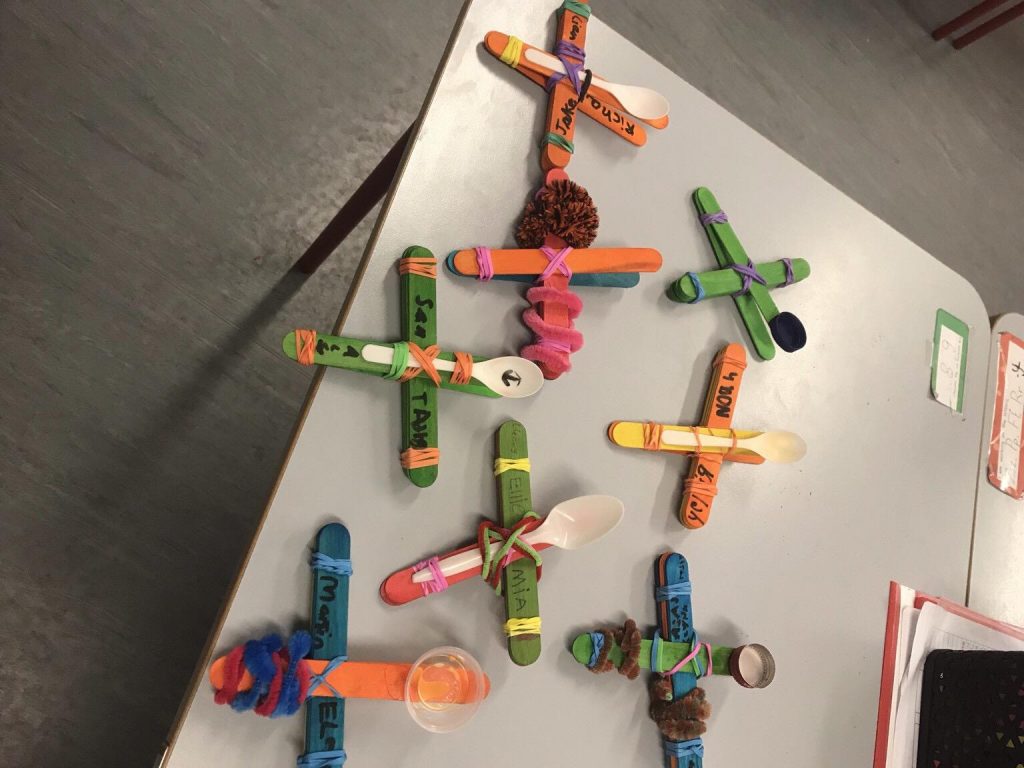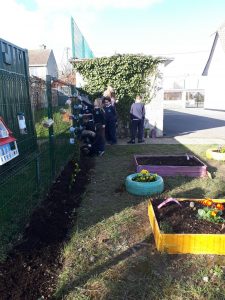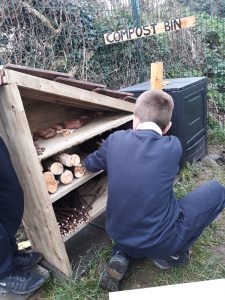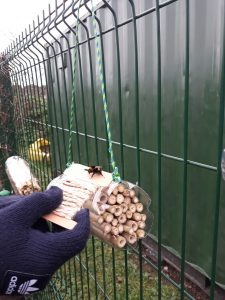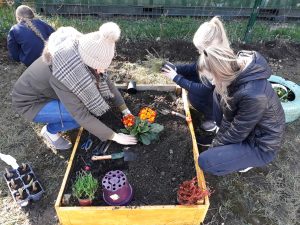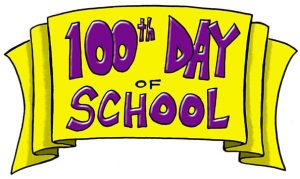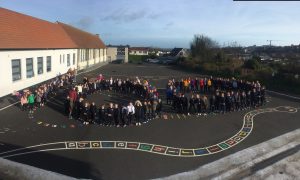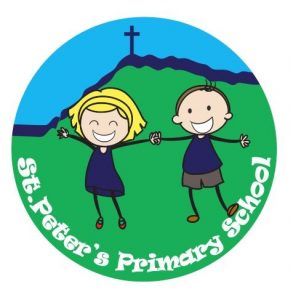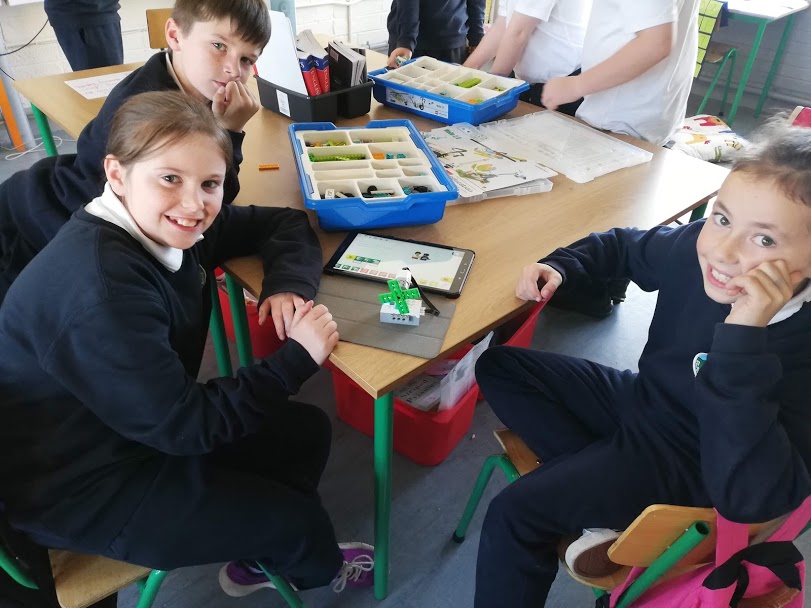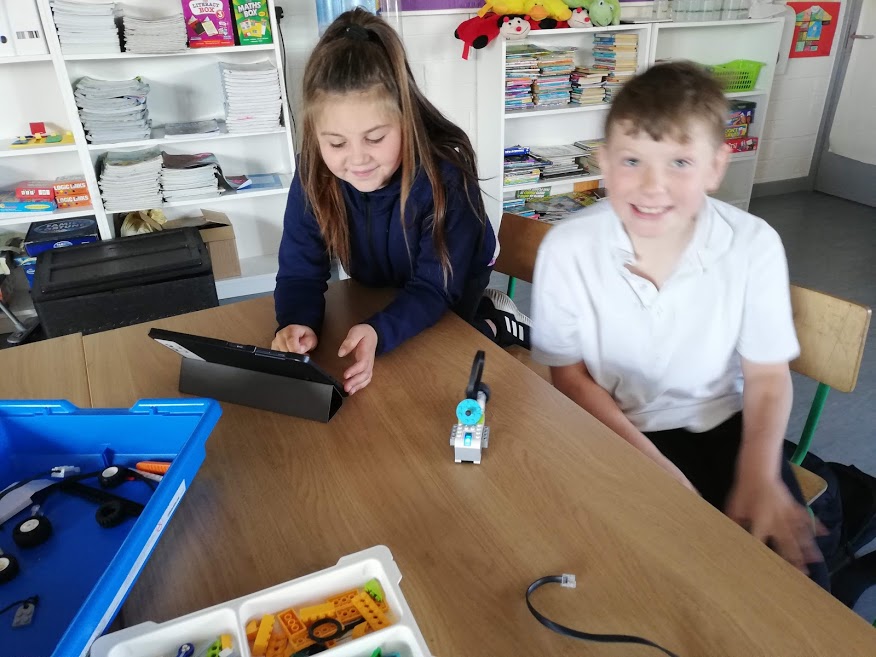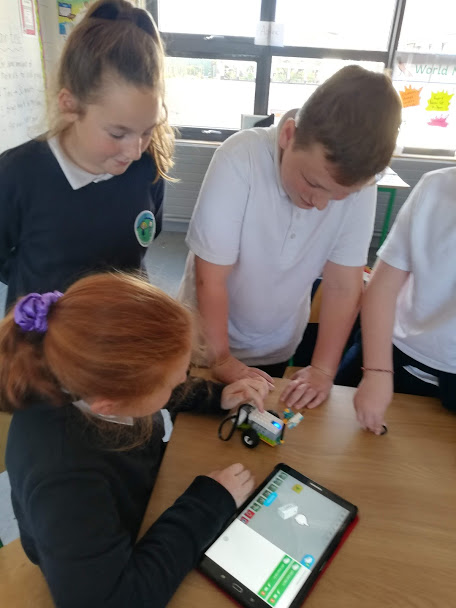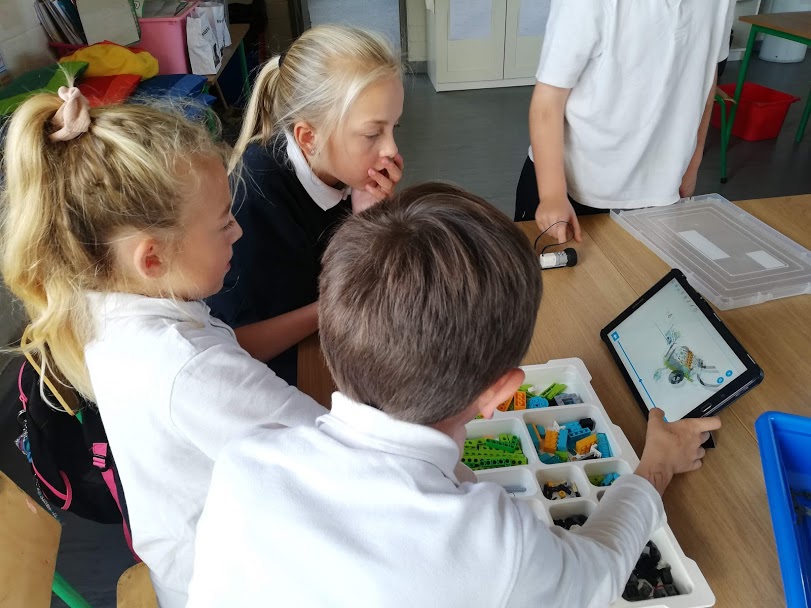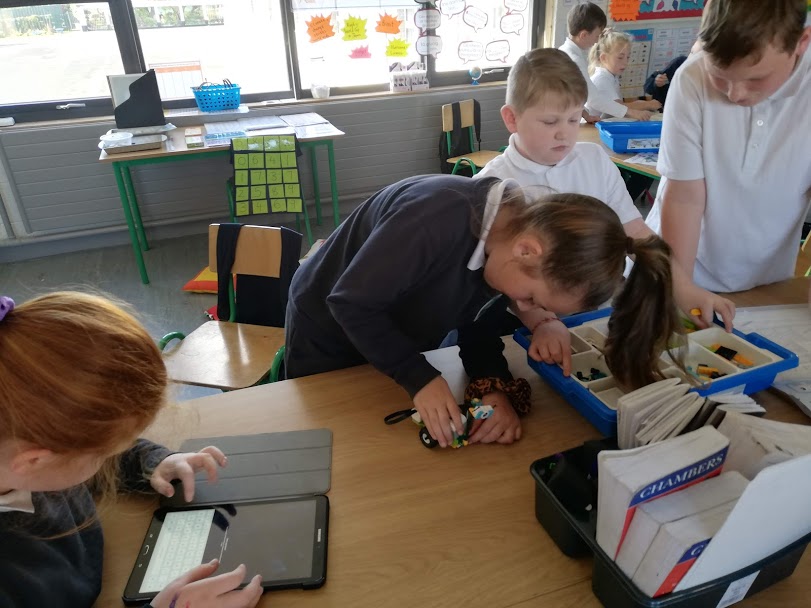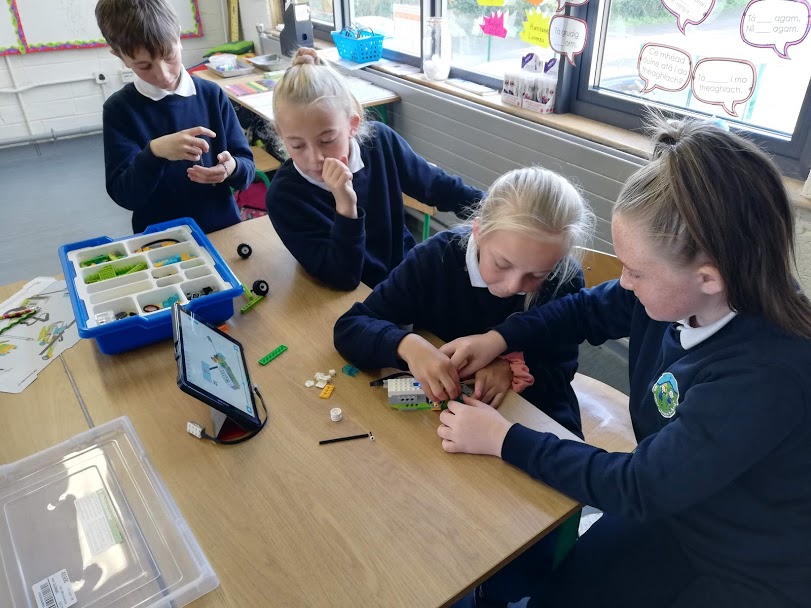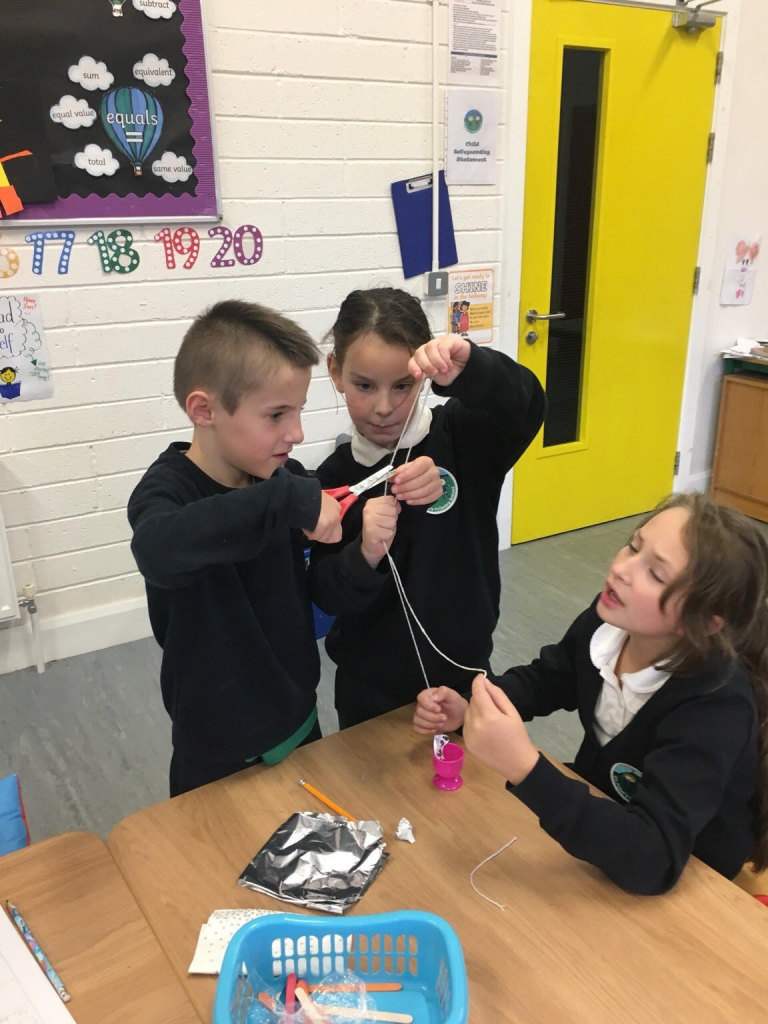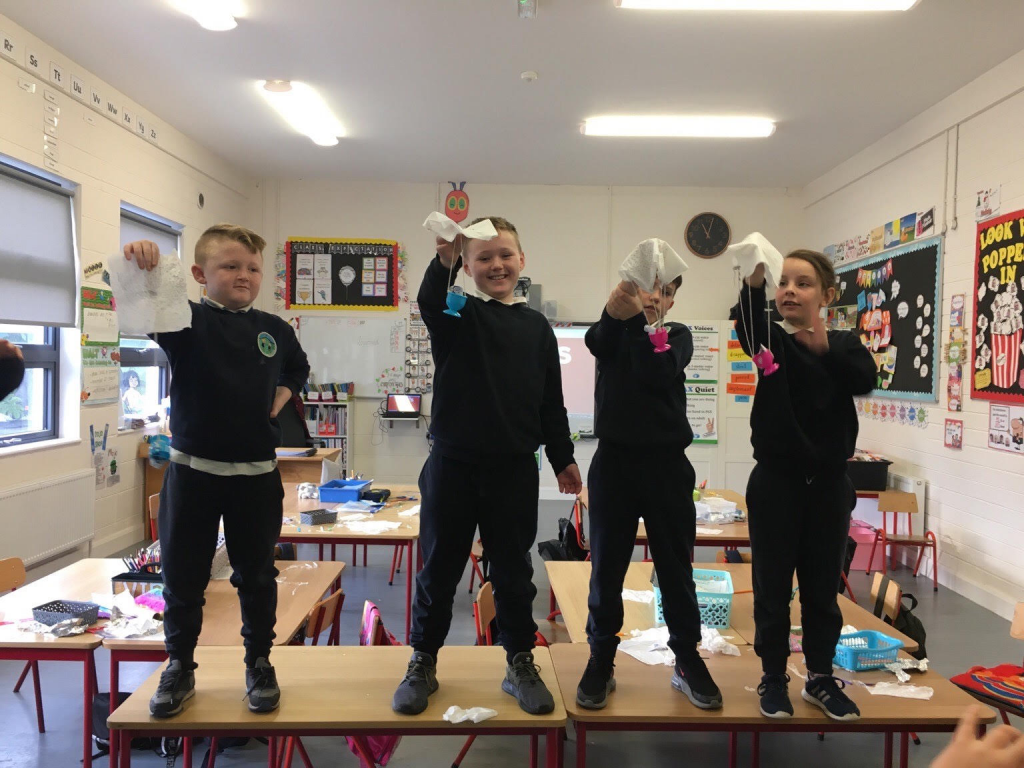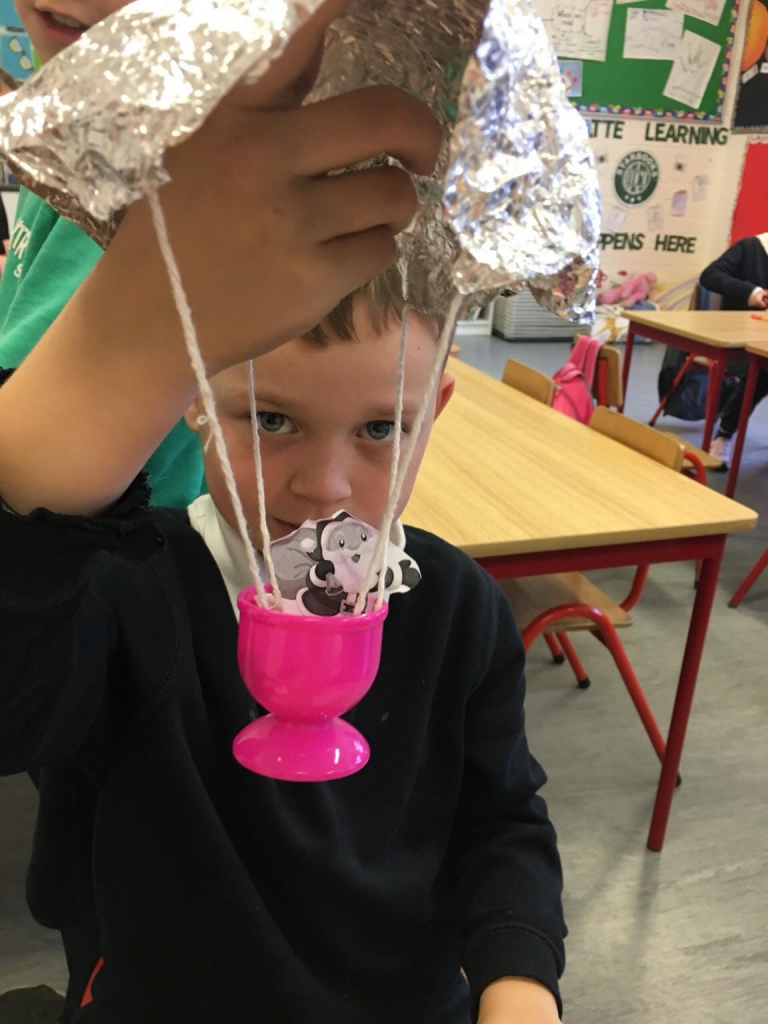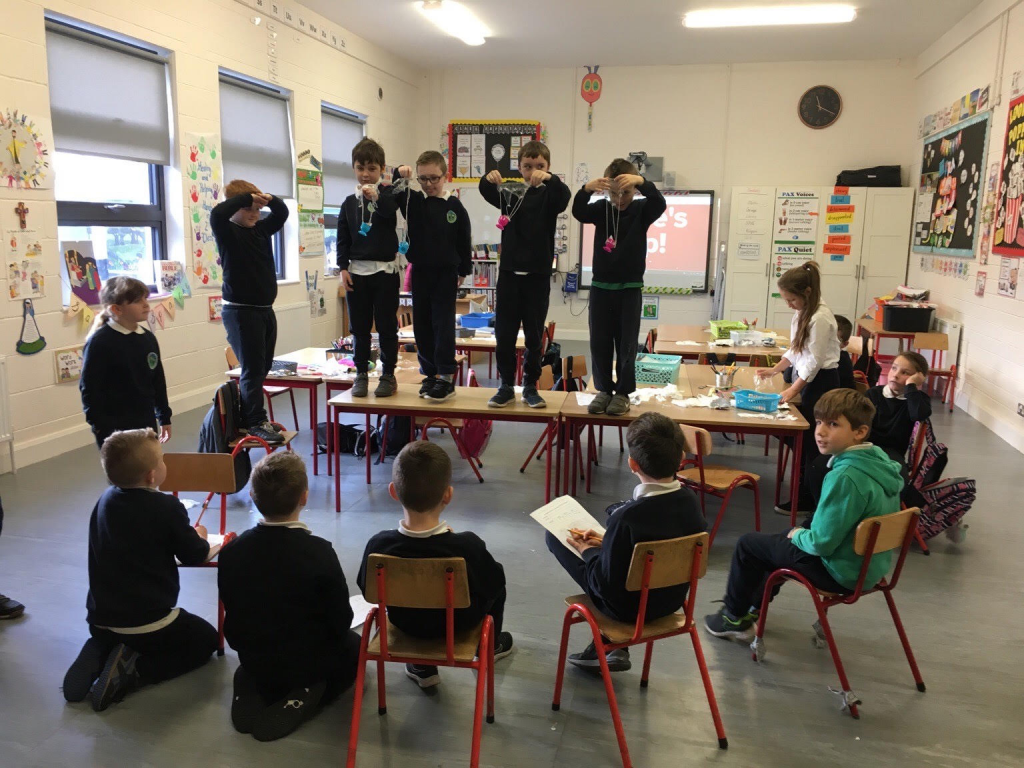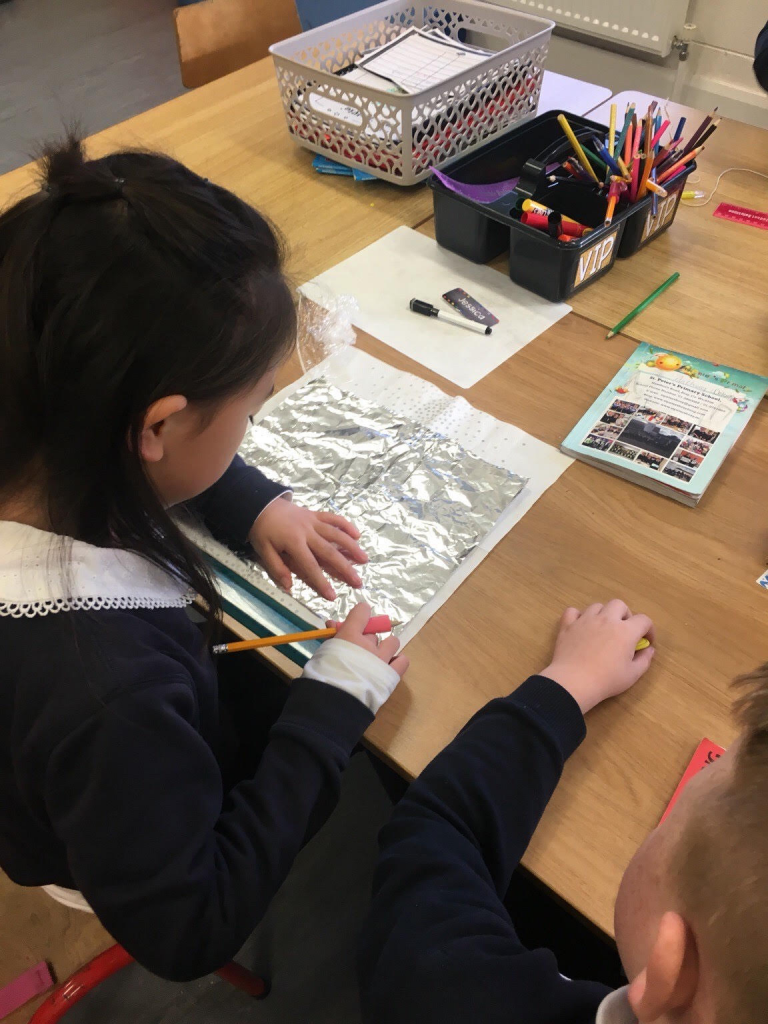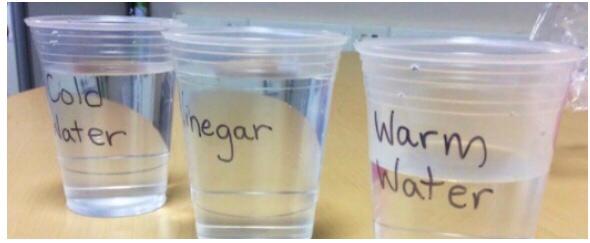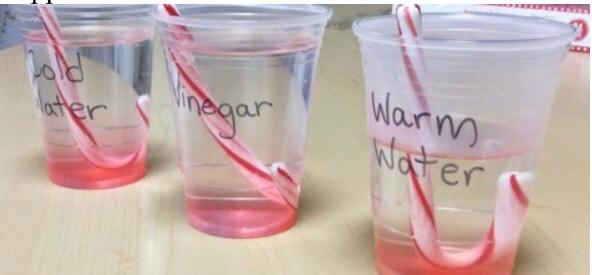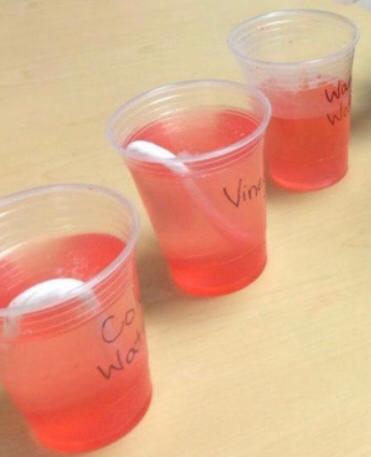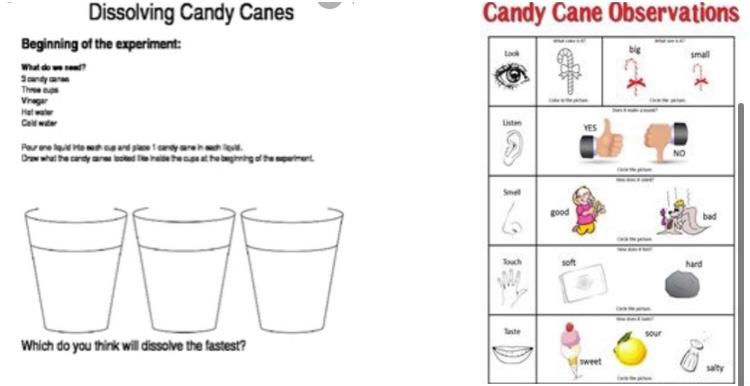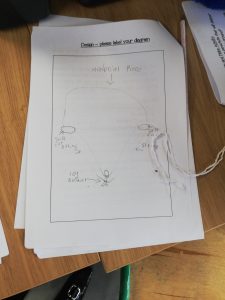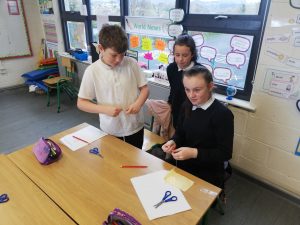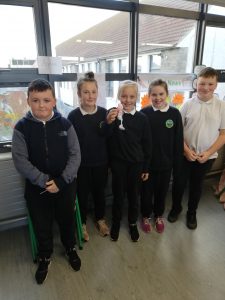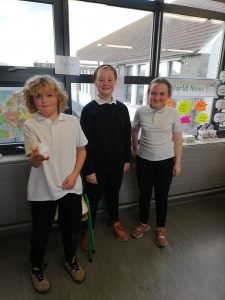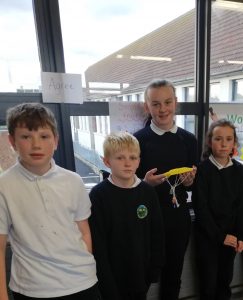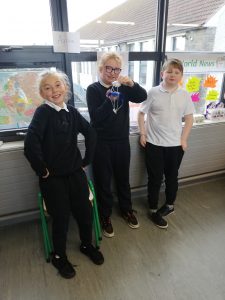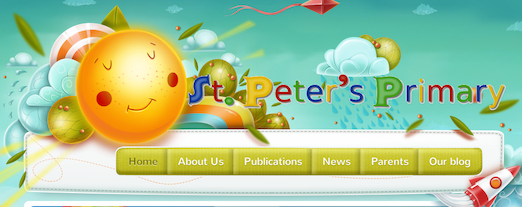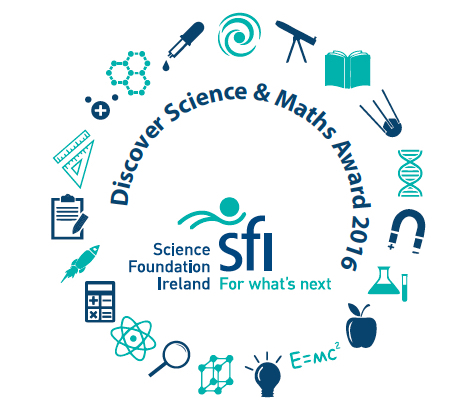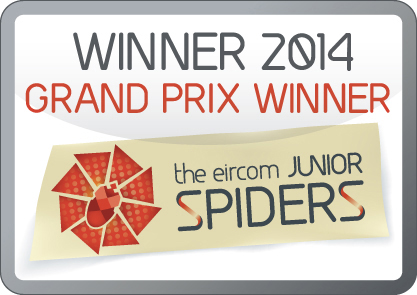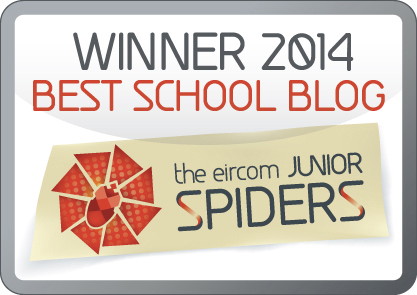Earlier this month we decided it could be interesting to learn more about the force and nature of hurricanes as the news was covering a lot on Hurricane/Storm Lorenzo.
We decided undertaking a STEM challenge might be a fun way to do this!
Firstly, we needed to carry out some research! We looked online for some footage of hurricanes and also read some helpful articles that advised people what to do in the event of a hurricane landing near them.
We learned that hurricane winds can travel up to 200 miles per hour and that hurricanes form in the sea. They also tend to have heavy rain. The centre of the hurricane is called ‘the eye’ and it has no clouds, wind or rain – we thought this was very interesting! We wondered if you got into the eye, would you be able to stop it? Hurricanes are ranked on a scale from 1 – 5 depending on how serious they are (5 is the most dangerous kind).
You should always stay inside during a hurricane and should also try to get to high ground.
After looking at some articles and videos on RTÉ news we found out that Hurricane Lorenzo actually turned into a tropical storm before passing over Ireland and that hurricanes don’t really reach us – thankfully!
Since all of our research was complete, the next stage was planning!
We were given our STEM challenge – ‘Imagine you are an engineer and have been given the responsibility of designing a hurricane – proof building. Since flooding can occur you need to make sure your building is high off the ground and due to strong winds, your roof needs to be wind resistant’. We were excited to start and discussed what the job of an engineer entails! We had 10 minutes to plan our own individual designs and 10 minutes to plan in our group. We were surprised that we all had such different ideas!
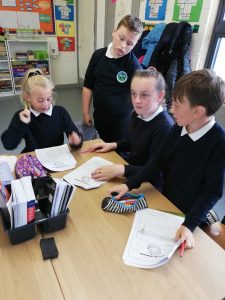
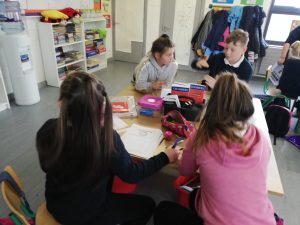
Then it was time to get cracking on actually building our hurricane – proof structures! We had the following materials and 30 minutes on the clock;
- 2 pairs of scissors
- 1 piece of A3 card
- 20 art straws (paper)
- 30 Cotton buds
- 1 ball of plasticine
- 1 metre of Sellotape
- 1 glue stick
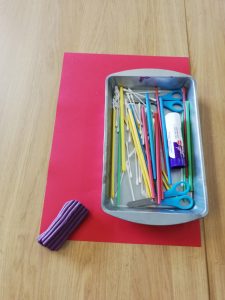
We discussed what would help us in the challenge and everyone agreed that teamwork and cooperation would be really important if we were to complete the challenge successfully. We also talked about the challenge being a ‘fair test’. We said that this meant that each group had equal time, equal resources and equal teacher input.
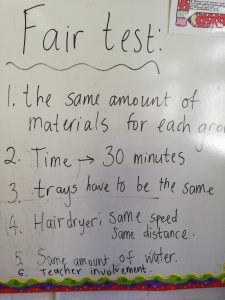
Check out some photos of us at work!
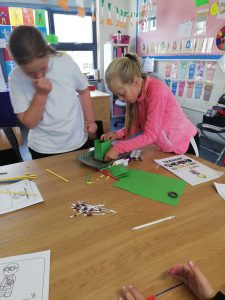
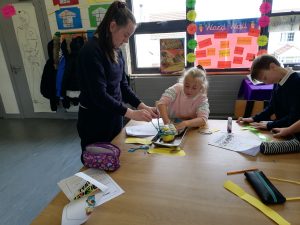
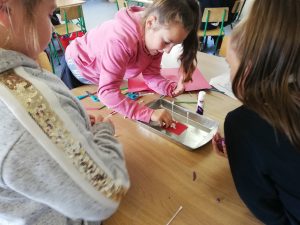
dav
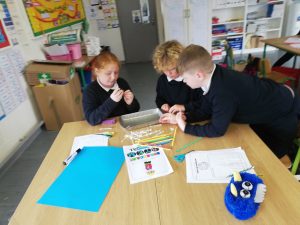
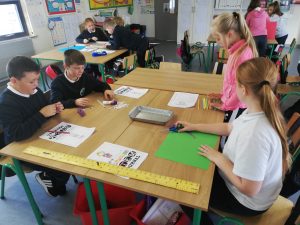
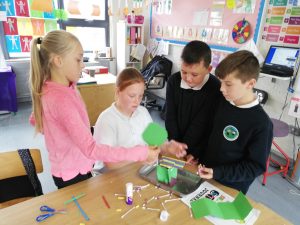
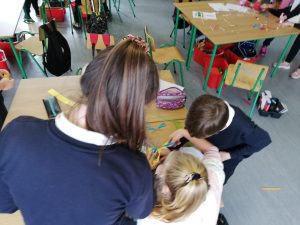
After our building time was up, it was time for some testing to take place!
We used a hair dryer and 100ml of water to test our hurricane structures. We agreed that the hair dryer needed to be placed 1 metre away from the structures and that we would use it for 1 minute. We poured in the water and each time we used the hair dryer, we put it on the highest setting.
Our results were as follows for the first test:
Group 1: structure remained standing and did not fall
Group 2: structure remained standing and did not fall
Group 3: structure remained standing but fell with 15 seconds to go
Group 4: structure remained standing and did not fall
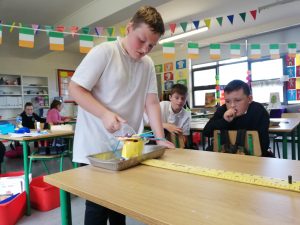
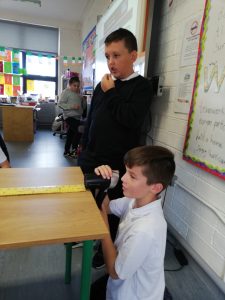
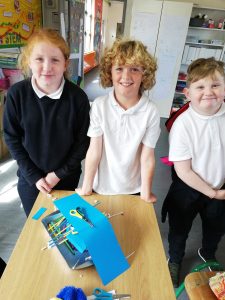
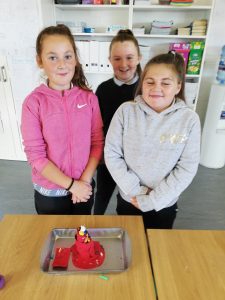
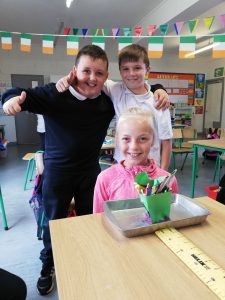
We decided we should try again for another minute. These were our results:
Group 1: structure remained standing and did not fall
Group 2: structure remained standing and fell with 25 seconds to go
Group 3: structure had already fallen in first test*
Group 4: structure remained standing and did not fall
We discussed our results and concluded that the 2 structures that did not fall at all, had stronger bases and walls wrapped around the whole structure with no gaps. The roofs could also withstand gusts from the hair dryer, as they were bound well together with Sellotape and plasticine.
We really enjoyed taking part in the STEM challenge!

